When it comes to getting a good night's sleep, the type of mattress you choose can make all the difference. Memory foam mattresses have become increasingly popular in recent years, known for their ability to conform to your body and provide superior comfort and support. But what exactly goes into the construction of a memory foam mattress? In this article, we'll break down the top 10 main components and features of the best memory foam mattresses on the market.Memory Foam Mattress Construction: What You Need to Know
Before we dive into the details of memory foam mattress construction, let's take a look at some of the top rated options available. The following mattresses have been chosen based on customer reviews, expert opinions, and overall construction quality. 1. The Nectar Memory Foam Mattress: Known for its 5 layers of foam and cooling gel technology, this mattress offers both comfort and support at an affordable price. 2. The Casper Original Mattress: This mattress features a unique 3-layer foam construction and zoned support for targeted pressure relief. 3. The Tuft & Needle Original Mattress: With a top layer of adaptive foam and a supportive base layer, this mattress provides a balance of comfort and stability. 4. The Saatva Classic Mattress: This luxury mattress offers a combination of memory foam and innerspring coils for a comfortable and supportive sleep experience. 5. The Leesa Original Mattress: Designed with three layers of foam and a cooling cover, this mattress is known for its pressure-relieving properties.The Best Memory Foam Mattresses of 2021
The process of making a memory foam mattress involves several steps and materials. Let's take a closer look at the construction process: 1. Creating the foam: Memory foam is made from a substance called viscoelastic polyurethane foam, which is created by combining polyol, diisocyanate, water, and other chemicals. 2. Pouring the foam: The foam mixture is then poured into a mold and left to expand and cure. 3. Cutting the mattress to size: Once the foam has cured, it is cut into the desired size and shape for the mattress. 4. Adding layers: Many memory foam mattresses have multiple layers of foam with varying densities to provide both comfort and support. 5. Applying a cover: Finally, a cover is added to the mattress to encase the foam and provide a comfortable sleeping surface.How Memory Foam Mattresses are Made
As mentioned, memory foam mattresses often have multiple layers of foam, each with its own purpose. Here are the most common layers you'll find in a memory foam mattress: 1. Support foam: This is the bottom layer of the mattress and provides the foundation and stability for the mattress. 2. Transition foam: The middle layer of the mattress, this foam is slightly softer and helps distribute weight and reduce pressure points. 3. Comfort foam: The top layer of the mattress, this foam is the most important for providing comfort and conforming to your body. 4. Cooling gel foam: Some memory foam mattresses also include a layer of cooling gel foam, which helps regulate temperature and prevent overheating.Understanding Memory Foam Mattress Layers
Now that we know how memory foam mattresses are made, let's discuss the benefits of their construction: 1. Pressure relief: The ability of memory foam to conform to your body can help alleviate pressure points and reduce discomfort while sleeping. 2. Motion isolation: Memory foam's ability to absorb movement makes it an ideal choice for couples who don't want to be disturbed by their partner's movements during the night. 3. Spinal alignment: The supportive nature of memory foam can help keep your spine in proper alignment, reducing back and neck pain. 4. Durability: Memory foam mattresses are known for their longevity, with many lasting up to 10 years or more with proper care.The Benefits of Memory Foam Mattress Construction
While memory foam mattresses have become increasingly popular, traditional innerspring mattresses are still a common choice. So, which one is better? It ultimately comes down to personal preference, but here are some key differences to consider: 1. Comfort: Memory foam mattresses are known for their superior comfort and ability to conform to your body, while innerspring mattresses may have a more firm feel. 2. Motion isolation: As mentioned, memory foam mattresses excel at isolating motion, while innerspring mattresses may transfer movement more easily. 3. Temperature regulation: Innerspring mattresses typically have better airflow and may be cooler to sleep on, while memory foam mattresses may retain more heat.Memory Foam vs. Innerspring Mattresses: Which is Better?
Now that you know the ins and outs of memory foam mattress construction, here are some key factors to consider when buying one: 1. Firmness level: Memory foam mattresses come in a variety of firmness levels, so consider your preferred sleeping position and firmness preferences when choosing one. 2. Budget: Memory foam mattresses can range in price, so determine your budget before starting your search. 3. Warranty and trial period: Look for mattresses with a generous warranty and trial period so you can test it out and make sure it's the right fit for you. 4. Brand reputation: Do your research and choose a reputable brand that has good customer reviews and a history of producing high-quality mattresses.Memory Foam Mattress Buying Guide
When shopping for a memory foam mattress, keep an eye out for these key features: 1. Density: Higher density foam is typically more durable and supportive, but may also be more expensive. 2. Certifications: Look for mattresses that are CertiPUR-US or Oeko-Tex certified, which ensure the foam is safe and free of harmful chemicals. 3. Thickness: The thickness of a memory foam mattress can vary, but a thicker mattress will generally be more supportive. 4. Cooling technology: If you tend to sleep hot, look for memory foam mattresses with cooling gel or other temperature-regulating features.Memory Foam Mattress Construction: What to Look For
So, why exactly does memory foam provide such a comfortable and supportive sleep experience? It all comes down to the science behind the material. Memory foam is designed to respond to pressure and heat, allowing it to conform to your body and provide targeted support where you need it most. It also has the ability to distribute weight evenly, reducing pressure points and promoting proper spinal alignment.The Science Behind Memory Foam Mattresses
There are a few misconceptions about memory foam mattresses that may deter people from choosing them as their preferred sleep surface. Here are some common myths debunked: 1. Memory foam is too hot: While some memory foam mattresses may retain heat, many now come with cooling technology to regulate temperature and prevent overheating. 2. They are too expensive: While memory foam mattresses can be pricier than other options, there are many affordable options on the market. 3. They don't offer enough support: Memory foam is designed to provide both comfort and support, and many mattresses have multiple layers of foam to ensure proper support for all sleep positions. With this knowledge of memory foam mattress construction, you can make an informed decision when choosing the best mattress for your needs. Remember to consider factors like firmness, budget, and brand reputation, and don't be afraid to test out different options before making your final decision. A good night's sleep is worth the investment in a high-quality memory foam mattress. Memory Foam Mattress Construction: Common Misconceptions
The Science Behind Memory Foam Mattress Construction

When it comes to getting a good night's sleep, the right mattress can make all the difference. And in recent years, memory foam mattresses have gained popularity for their ability to provide unparalleled comfort and support. But what exactly makes a memory foam mattress so special? Let's take a closer look at the construction of these innovative sleep surfaces.
The Basics of Memory Foam

First developed by NASA in the 1960s, memory foam is a type of polyurethane foam that is known for its ability to conform to the body's shape and then bounce back to its original form. This is achieved through the use of heat and pressure, which allows the foam to contour to the unique curves and curves of each individual's body.
One key characteristic of memory foam is its density , which refers to the weight of the foam per cubic foot. The higher the density, the more supportive and durable the foam will be. Typically, memory foam mattresses have a density ranging from 3-5 pounds per cubic foot, with higher densities offering better support and longevity.
The Layered Construction

While memory foam may be the star of the show, it's not the only component that makes up a memory foam mattress. These mattresses also feature several layers of foam, each with a specific purpose and function.
The top layer, also known as the comfort layer , is typically made of softer foam to provide initial cushioning and a plush feel. This layer is responsible for the "sinking" feeling that many people associate with memory foam.
Beneath the comfort layer is the support layer , which is made of firmer foam to provide the necessary support for the body. This layer is crucial in maintaining proper spinal alignment and preventing pressure points from forming.
Finally, the base layer serves as the foundation of the mattress, providing overall stability and durability. This layer is usually made of high-density foam to support the layers above it and prevent sagging.
The Benefits of Memory Foam Mattresses

Thanks to their unique construction, memory foam mattresses offer a range of benefits that make them a top choice for many sleepers. These mattresses are known for reducing motion transfer, making them ideal for couples or restless sleepers. They also provide excellent pressure relief, which can be especially beneficial for those with chronic pain or injuries.
Additionally, the contouring properties of memory foam can help distribute body weight evenly, reducing strain on the hips, shoulders, and other pressure points. This can lead to a more comfortable and restful night's sleep.
In conclusion, the construction of a memory foam mattress plays a significant role in its overall comfort and support. By understanding the science behind these mattresses, you can make a more informed decision when it comes to choosing the best memory foam mattress for your needs.









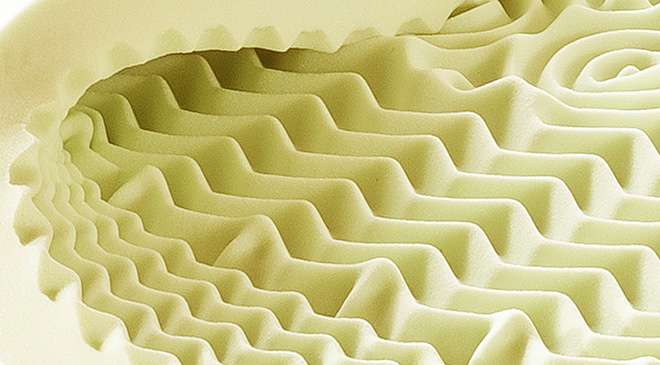















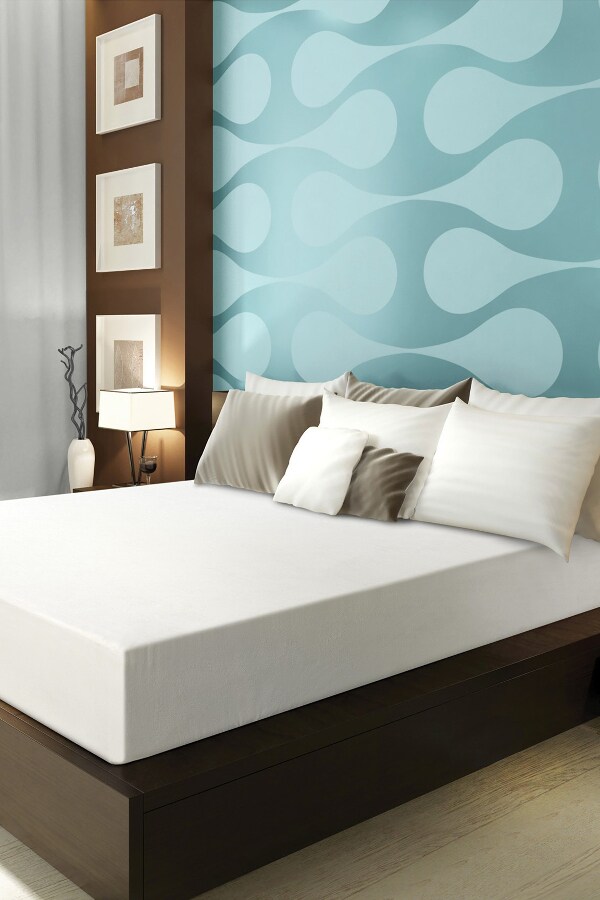

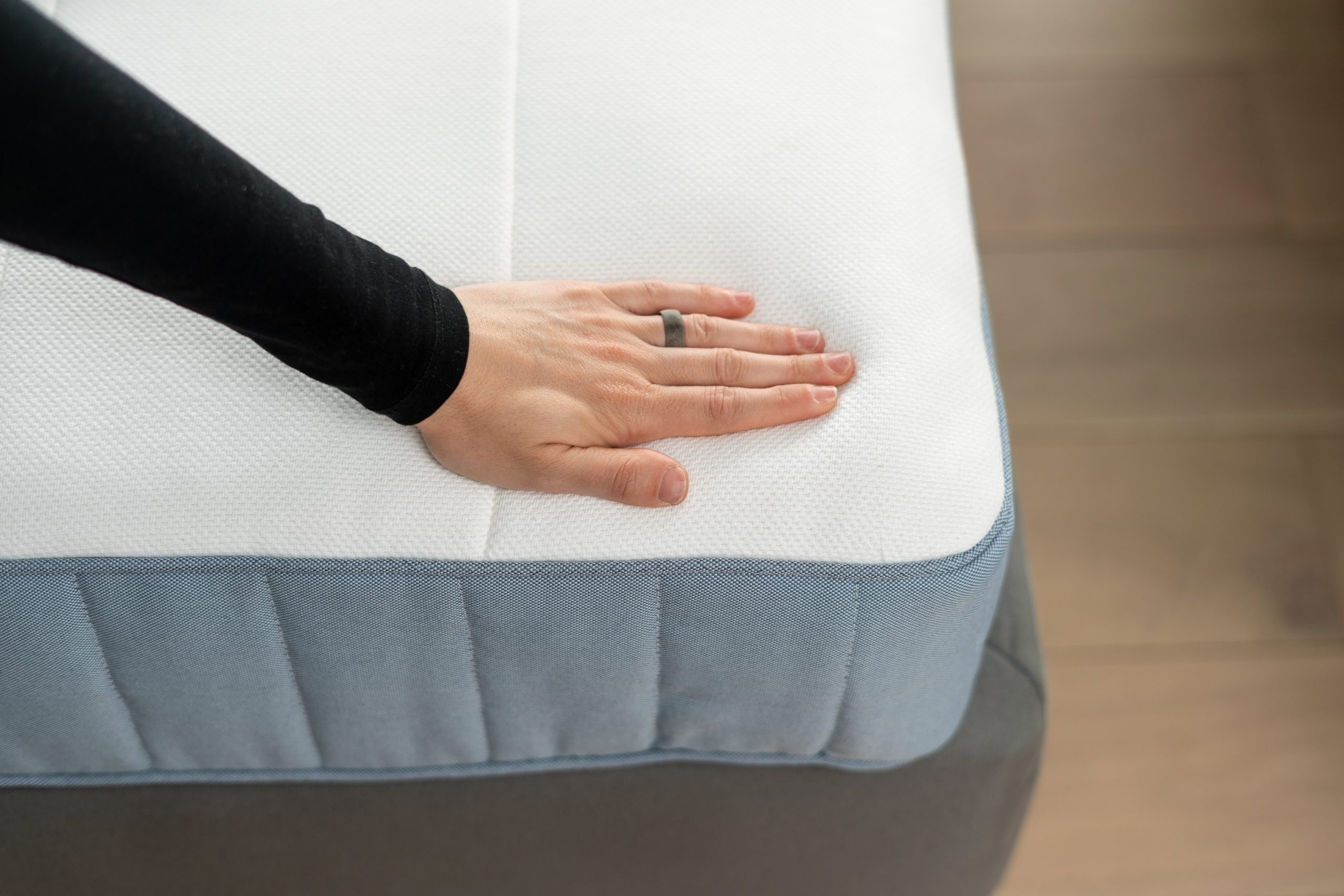









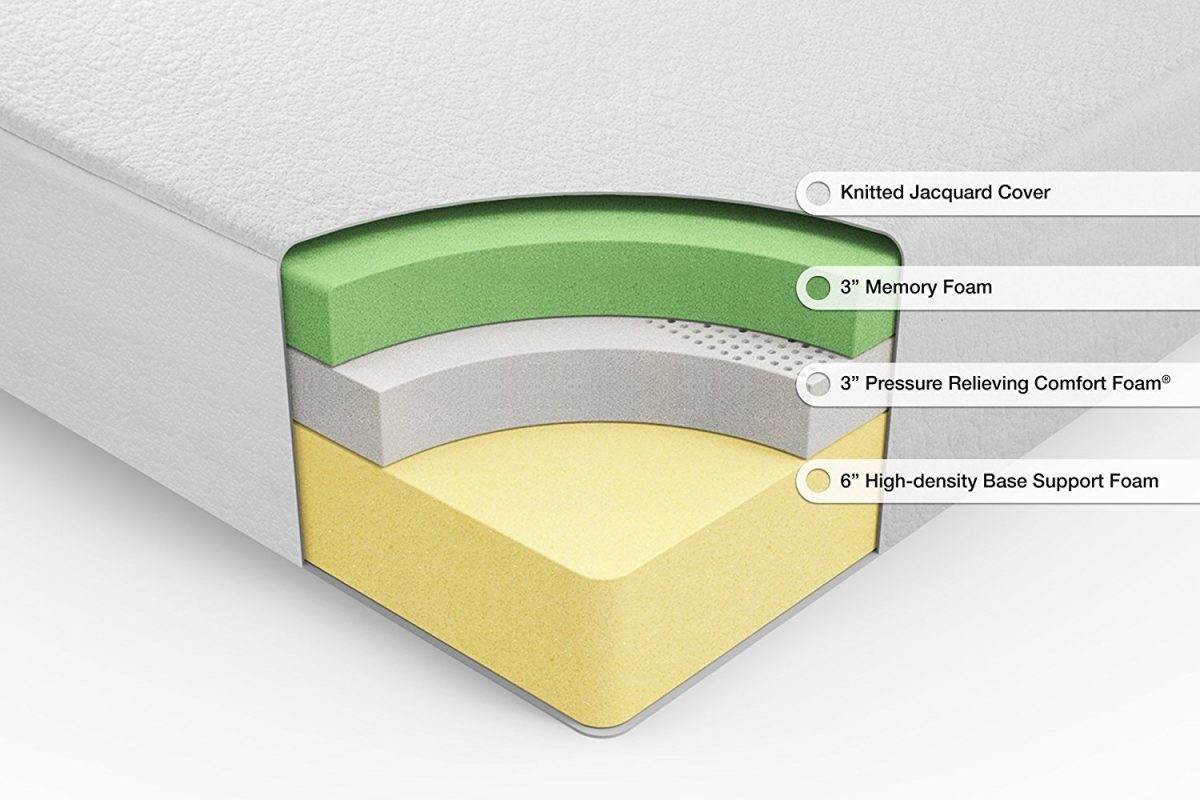





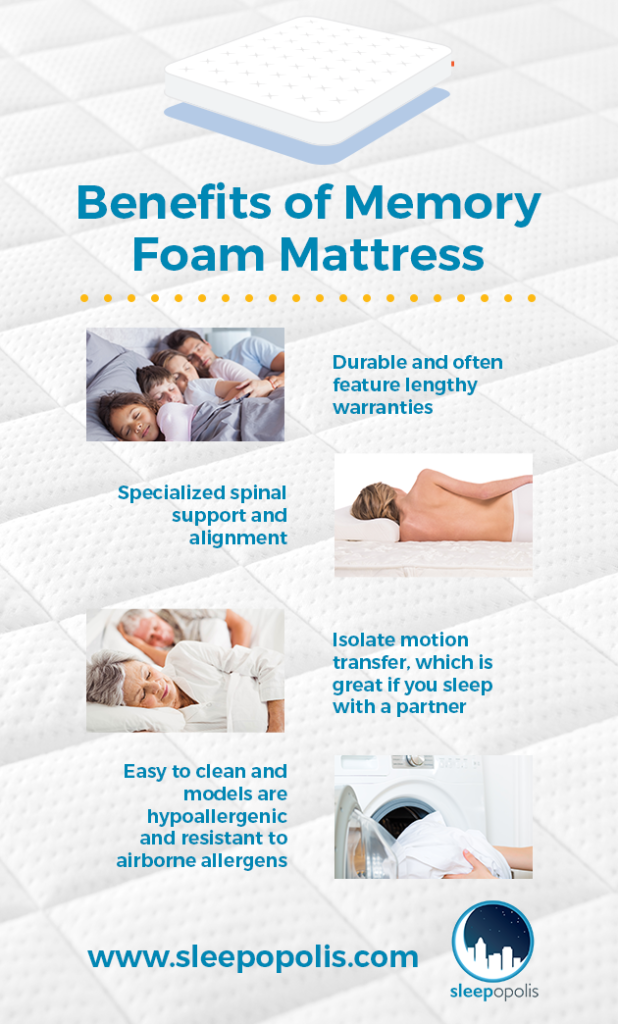














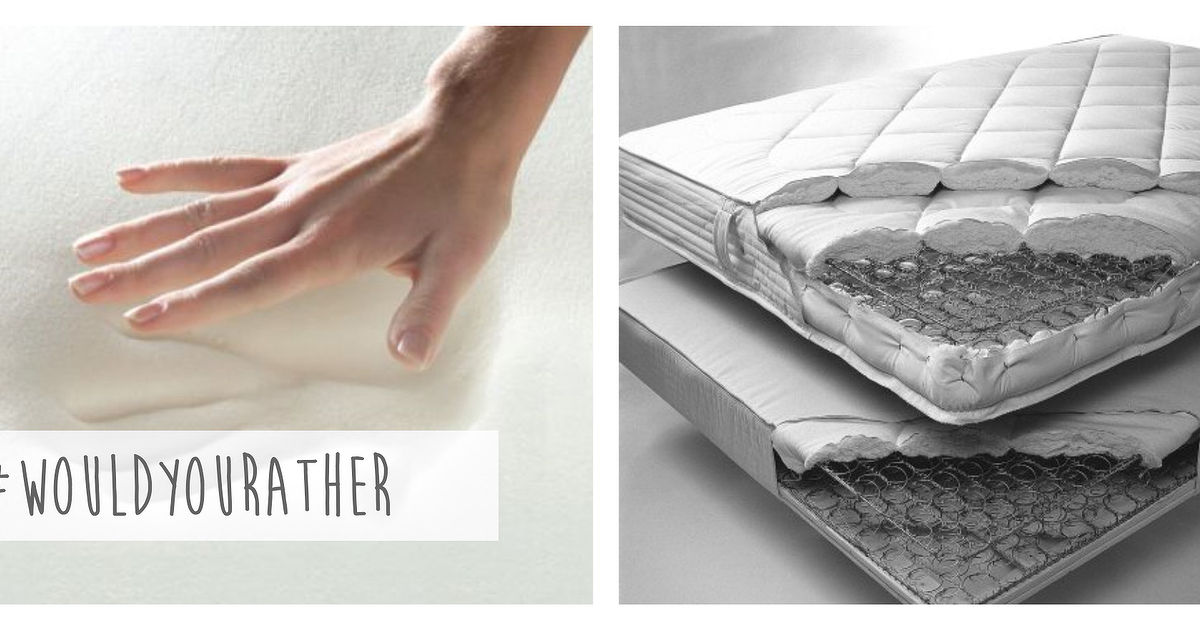







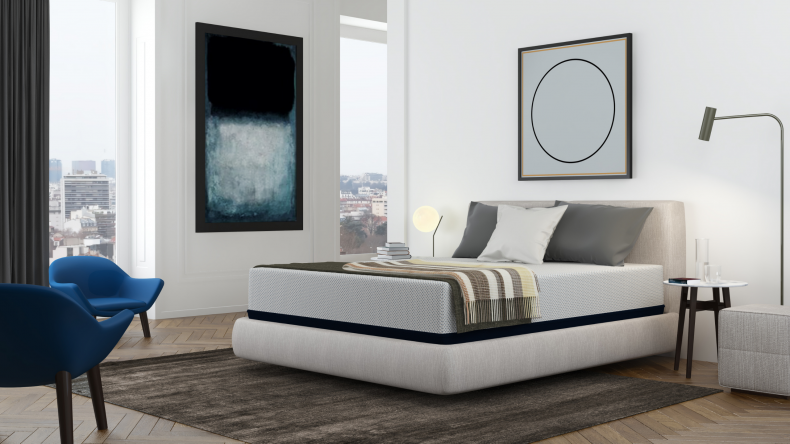










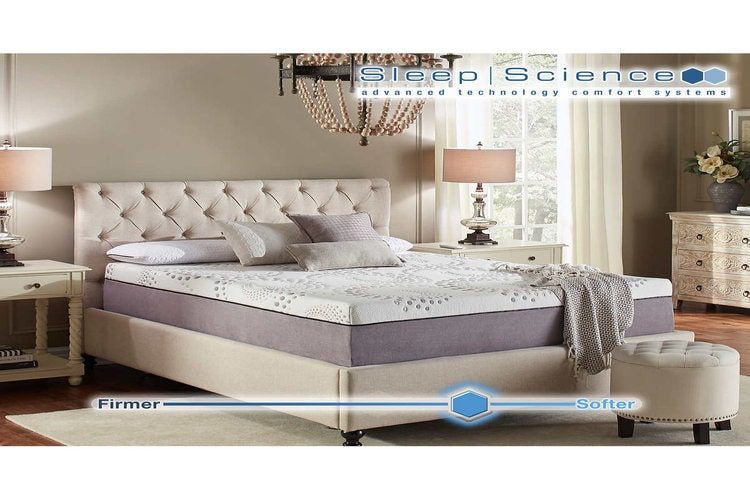







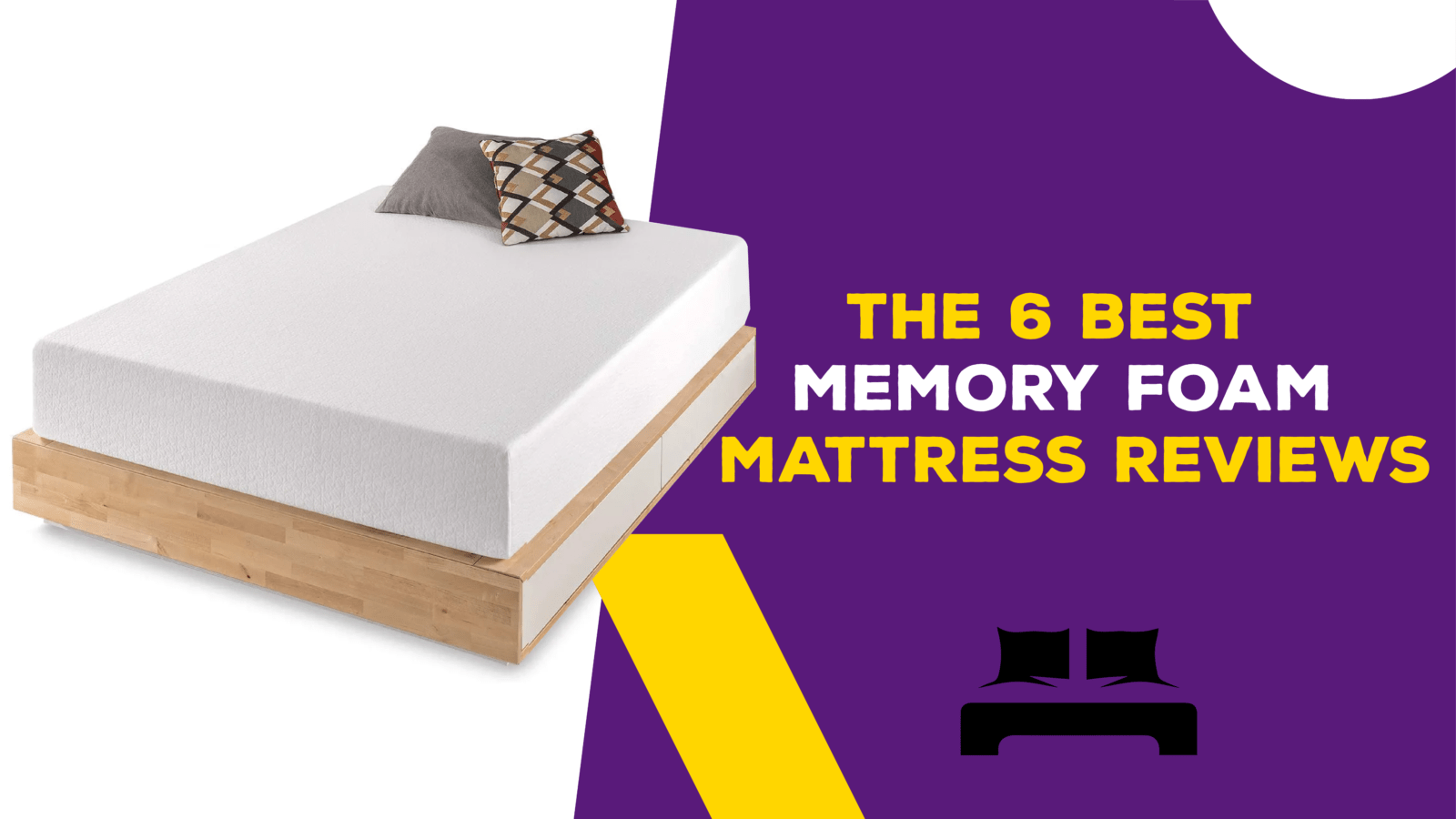




:max_bytes(150000):strip_icc()/_hero_4109254-feathertop-5c7d415346e0fb0001a5f085.jpg)



